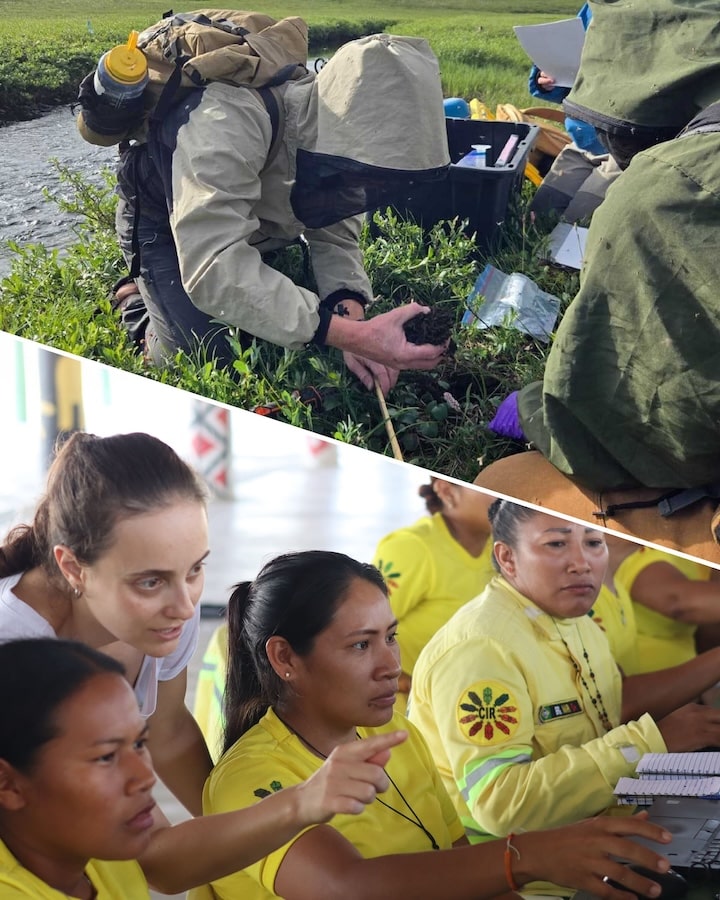Massachusetts summer outlook: What seasonal forecasters expect in greater Boston

Weather across Massachusetts and New England always feels like riding a roller-coaster, but some patterns and trends define what type of conditions will be typical for the season to come.
Harvey Leonard, chief meteorologist emeritus, received insight from three forecasting experts to get a picture of what may be to come.
“I think this summer’s going to be a warm one,” Dan Leonard, a long-term weather forecaster at Andover-based The Weather Company said.
Leonard (no relation) thinks this summer may end up as much as one to two degrees above normal.
Heatwave scorches: Kerala burns again, facing multipronged crisis
KSDMA is working with local authorities to assess risks, deploy resources, and implement preventive measures to mitigate the impact of the heat wave on communities.
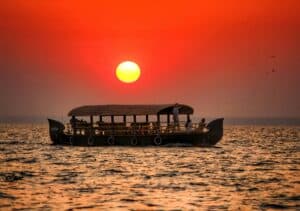
Kerala, known for its lush greenery and pleasant climate, is grappling with a harsh summer this year.
The state, which witnessed exceptionally high temperatures in 2023 as well, now finds itself in the middle of another scorching summer as it is said to be experiencing an even harsher heat wave this year.
Unrelenting heat has gripped many regions, with temperatures significantly exceeding normal.
Epic blazes threaten Arctic permafrost. Can firefighters save it?
Some scientists argue that it’s time to rethink the blanket policy of letting blazes burn themselves out in northern wildernesses.
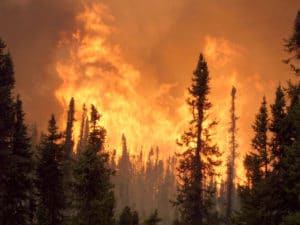
Fire season is approaching in the massive Yukon Flats National Wildlife Refuge in east Alaska, where fires have long been allowed to burn unchecked unless they threaten human life and property. But as climate change increases the frequency of these fires, the land’s overseers are changing course. Working with scientists, refuge managers have designed a pilot programme to parachute elite firefighting teams into remote areas to quash infernos — to protect not people, but permafrost.
The forests and tundra of the Denmark-sized refuge cloak a deep layer of permafrost, frozen ground that holds enormous quantities of carbon across the Northern Hemisphere. After fires remove vegetation and soils, however, that frozen ground often begins to thaw, releasing its stores of carbon dioxide and other greenhouse gases into the atmosphere. New research1 suggests that the resulting emissions, from both the fires themselves and the subsequent permafrost thaw, could be on a par with those of a major global economy over the course of this century. This could effectively reduce by up to 20% the amount of carbon dioxide that humanity can emit and still meet its goal of limiting global warming to 1.5 °C above preindustrial levels. The research has not yet been peer reviewed.
Alaska has a plan to save its salmon but some Native leaders are wary
A new approach aims to restore fish levels in the Yukon River but some feel it unfairly targets traditional practices while failing to tackle huge losses to industrial fishing in the ocean
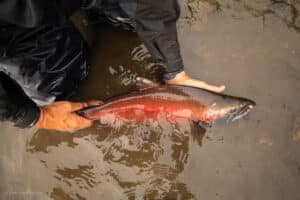
Earlier this month Alaska officials announced a new plan they say could revive the Yukon River’s struggling salmon population. The 2,000-mile waterway that runs from Canada’s Yukon Territory to the Bering Sea has seen sharp declines in its Chinook, or king salmon, in recent years.
The new strategy aims to restore the number of fish that reach their northern spawning areas near the Canadian border to 71,000, up from about 15,000 that reached the Canadian border in 2023, by suspending commercial, sport, domestic and personal use fisheries in the Yukon River until 2030. Previously, fishing closures were revisited each year.
But some tribal leaders say the closures unfairly burden Native communities, severing a crucial link to traditional culture, and that officials did not properly consult them while forming the plan.
Earth’s rotation slowing down due to melting ice, scientists say
Less ice at the Earth’s poles and more water weight spread around to other places are leading to the planet slowing down.

As the polar ice caps melt, the Earth actually slows down, California scientists say.
Less ice at the Earth’s poles and more water weight spread around to other places are leading to the planet slowing down.
“Human activity has changed the rotation of the Earth,” University of California, San Diego geophysics Professor Duncan Agnew said.
Earth’s rotation has been speeding up slightly for decades, but changes are unfolding.
“That trend slowed, turned around, and is now going in the other direction,” Agnew said. “That’s all because of the effect of global warming.”
Why no one knows exactly how much old-growth forest we have left
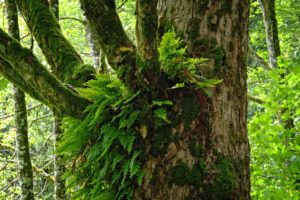
To use older trees to fight climate change, we need to know where they are. But new maps created by the Forest Service aren’t that detailed
This statement, say critics, is especially true of the maps created by the U.S. Forest Service to inventory the nation’s largest carbon sinks: its mature and old-growth forests.
In April 2023, under pressure from the Biden administration, the Forest Service completed its first-ever nationwide inventory of mature and old-growth forests found on federal lands.
This inventory of older trees is part of an ambitious Biden administration plan to harness the power of our nation’s forests as a nature-based solution to the climate crisis.
Read more on Columbia Insight.
Science on the Fly harnesses fly fishing community to protect rivers
How scientists and anglers are helping to tell the world’s climate change story.
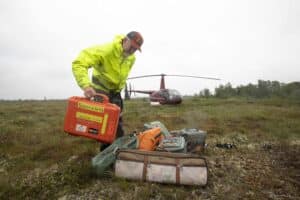
Fly fishers are full of good ideas. Just ask them. They don’t always amount to anything, but, in the confines of a fly shop or between the gunnels of a drift boat, the ideas pour forth.
But one good idea, launched during a southwest Colorado environmental symposium a few years back, has taken root. And this past summer, it sprouted some important international branches that will hopefully help climate scientists better understand how the world’s existential climate crisis is impacting our rivers.
At the conference in Telluride in 2019, Dr. Max Holmes, president and CEO of the Woodwell Climate Research Center (WCRC) in Falmouth, Massachusetts, met John Land Le Coq, the founder and CEO of Fishpond, where the two discussed the idea of monitoring rivers over time for their chemical composition, with the intent of determining how climate change affects that composition. But, they discussed, the monitoring needed to be consistent and lasting in order for Holmes and his team at WCRC to glean truly meaningful data.
Continue reading on Fly Fisherman.




